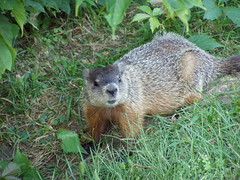
Although a lot of people regard groundhogs as nuisances, due to their habit of digging large dens which can undermine buildings or create hazards for livestock, I've always quite liked them. I enjoy seeing them emerge in the spring as a sure sign that winter is on its way out and I like watching the way they waddle about, heavy with fat, in the autumn just before they go to ground for the cold months.
Also known as woodchucks or whistle pigs, groundhogs are a large marmot, which is in turn a type of ground squirrel (again with the squirrels!) The name woodchuck comes from the Cree word wuchak, while whistle pig comes from their habit of emitting a loud, high pitched call when startled.
Groundhogs are true hibernators, retreating to an underground chamber for the duration of winter and living off stored subcutaneous fat. During hibernation, its body temperature will drop to less than 40°F (4°C), its breathing slows to once every six minutes, and its heartbeat drops from more than 100 beats per minute to four.
A solitary animal, the groundhog digs an extensive underground burrow which may have as many as five entrances, so that it is never far from a bolt hole while feeding above ground. Although they prefer an underground escape when confronted by a predator, they can both climb trees and swim well. It is perhaps due to its employment of a variety of methods to avoid becoming dinner that the groundhog has a reputation as a trickster in Native American mythology.
Origin of the Groundhog Dance
(From Myths of the Cherokee, by James Mooney)
Seven wolves once caught a Groundhog and said, "Now we'll kill you and have something good to eat." But the Groundhog said, "When we find good food we must rejoice over it, as people do in the Green-corn dance. I know you mean to kill me and I can't help my self, but if you want to dance I'll sing for you. This is a new dance entirely. I'll lean up against seven trees in turn and you will dance out and then turn and come back, as I give the signal, and at the last turn you may kill me.
The wolves were very hungry, but they wanted to learn the new dance, so they told him to go ahead. The Groundhog leaned up against a tree and began the song, Ha'wiye'ehi', and all the wolves danced out a in front, until he gave the signal, Yu! and began with Hi'yagu'we when they turned and danced back in line. "That's fine," said the Groundhog, and went over to the next tree and started the second song. The Wolves danced out and then turned at the signal and danced back again. "That's very fine," said the Groundhog, and went over to another tree and started the third song. The wolves danced their best and the Groundhog encouraged them, but at each song he took another tree, and each tree was a little nearer to his hole under a stump. At the seventh song he said, "Now, this is the last dance, and when I say Yu! you will all turn and come after me, and the one who gets me may have me." So he began the seventh song and kept it up until the wolves were away out in front. Then he gave the signal, Yu! and made a jump for his hole. The wolves turned and were after him, but he reached the hole first and dived in. Just as he got inside, the foremost wolf caught him by the tail and gave it such a pull that it broke off, and the Groundhog's tail has been short ever since.
As to the origin Groundhog Day itself, the Ohio Department of Natural Resources recorded this brief but interesting history:
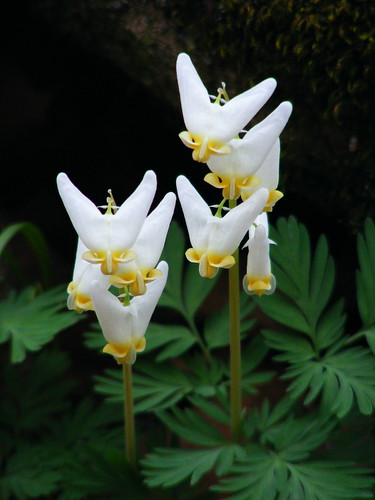

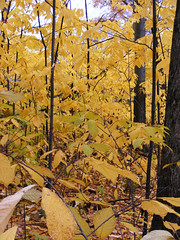
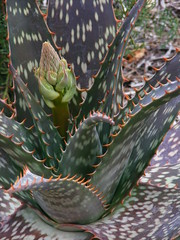
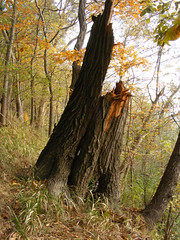
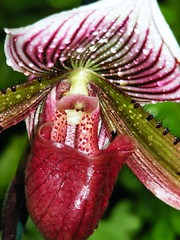


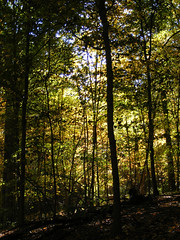
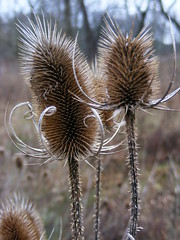
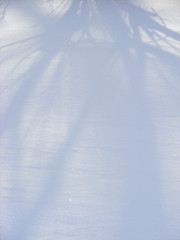
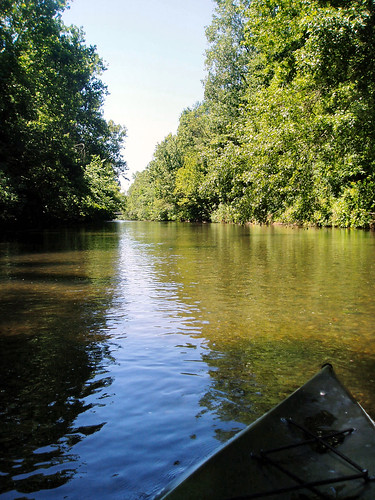
No comments:
Post a Comment